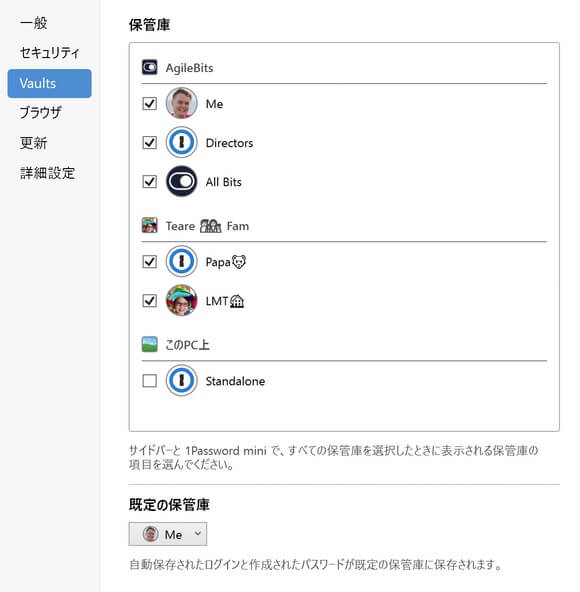
- 1PASSWORD 7 WINDOWS SYNC MISSING SOFTWARE
- 1PASSWORD 7 WINDOWS SYNC MISSING CODE
- 1PASSWORD 7 WINDOWS SYNC MISSING LICENSE
- 1PASSWORD 7 WINDOWS SYNC MISSING WINDOWS
In early January 2009, CNET reported that Google planned to release versions of Chrome for OS X and Linux in the first half of the year. It then started rising again and by December 2008, Chrome again passed the 1% threshold. After the initial surge, usage share dropped until it hit a low of 0.69% in October 2008. Ĭhrome quickly gained about 1% usage share. Google responded to this criticism immediately by stating that the language used was borrowed from other products, and removed this passage from the Terms of Service. This passage was inherited from the general Google terms of service.
1PASSWORD 7 WINDOWS SYNC MISSING LICENSE
On that same day, a CNET news item drew attention to a passage in the Terms of Service statement for the initial beta release, which seemed to grant to Google a license to all content transferred via the Chrome browser.
1PASSWORD 7 WINDOWS SYNC MISSING WINDOWS
The browser was first publicly released, officially as a beta version, on September 2, 2008, for Windows XP and newer, and with support for 43 languages, and later as a "stable" public release on December 11, 2008.

Public release An early version of Chromium for Linux, explaining the difference between Chrome and Chromium Google kept the development project name as the final release name, as a "cheeky" or ironic moniker, as one of the main aims was to minimize the user interface chrome.
1PASSWORD 7 WINDOWS SYNC MISSING CODE
The product was named "Chrome" as an initial development project code name, because it is associated with fast cars and speed. Google subsequently made the comic available on Google Books, and mentioned it on their official blog along with an explanation for the early release. Copies intended for Europe were shipped early and German blogger Philipp Lenssen of Google Blogoscoped made a scanned copy of the 38-page comic available on his website after receiving it on September 1, 2008. The release announcement was originally scheduled for September 3, 2008, and a comic by Scott McCloud was to be sent to journalists and bloggers explaining the features within the new browser. Chrome was "largely developed" in Google's Kitchener office. ĭevelopment of the browser began in 2006, spearheaded by Sundar Pichai. It also came shortly after the release of Mozilla Firefox 1.0, which was surging in popularity and taking market share from Internet Explorer, which had noted security problems. newspapers stated at the time that Google was hiring former Microsoft web developers among others. In September 2004, rumors of Google building a web browser first appeared. After co-founders Sergey Brin and Larry Page hired several Mozilla Firefox developers and built a demonstration of Chrome, Schmidt said that "It was so good that it essentially forced me to change my mind." He stated that "at the time, Google was a small company", and he did not want to go through "bruising browser wars". Google CEO Eric Schmidt opposed the development of an independent web browser for six years.

Because of this success, Google has expanded the "Chrome" brand name to other products: ChromeOS, Chromecast, Chromebook, Chromebit, Chromebox, and Chromebase. Īs of October 2022, StatCounter estimates that Chrome has a 67% worldwide browser market share (after peaking at 72.38% in November 2018) on personal computers (PC), is most used on tablets (having surpassed Safari), and is also dominant on smartphones and at 65% across all platforms combined, making it the most used web browser in the world today. WebKit was the original rendering engine, but Google eventually forked it to create the Blink engine all Chrome variants except iOS used Blink as of 2017.
1PASSWORD 7 WINDOWS SYNC MISSING SOFTWARE
Most of Chrome's source code comes from Google's free and open-source software project Chromium, but Chrome is licensed as proprietary freeware. The browser is also the main component of ChromeOS, where it serves as the platform for web applications. Versions were later released for Linux, macOS, iOS, and also for Android, where it is the default browser. It was first released in 2008 for Microsoft Windows, built with free software components from Apple WebKit and Mozilla Firefox. Google Chrome is a cross-platform web browser developed by Google. Proprietary freeware, based on open source components


 0 kommentar(er)
0 kommentar(er)
